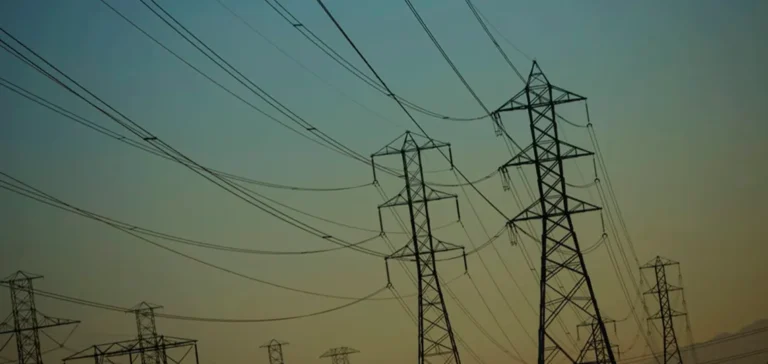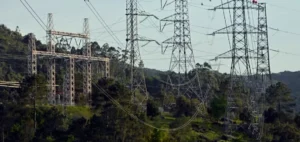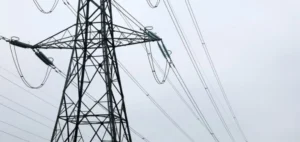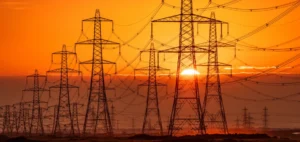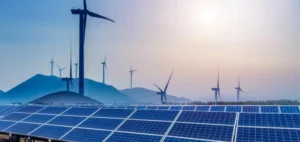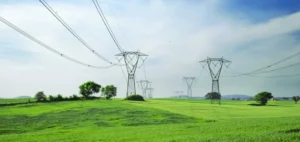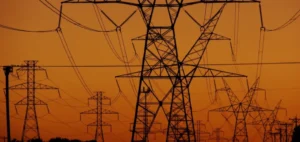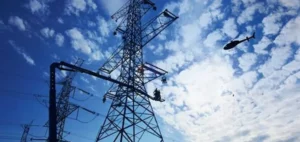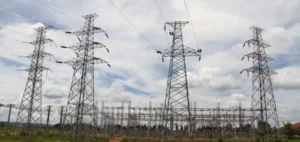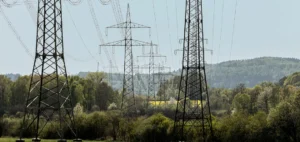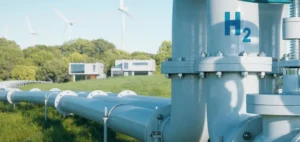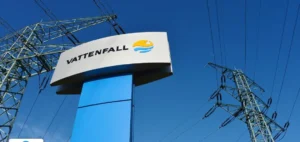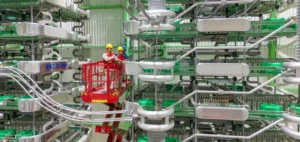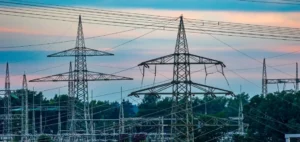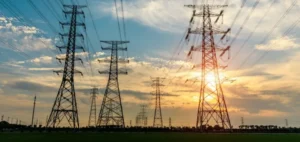Grid interconnection agreements in the United States reached an unprecedented level in 2024, totalling 75 gigawatts (GW) of validated capacity, a 33% increase compared to the previous year. This growth is directly linked to reforms initiated by the Federal Energy Regulatory Commission (FERC), particularly Order No. 2023, as well as actions taken by regional grid operators.
Federal reform and queue reduction
Order No. 2023, issued in July 2023, reorganised the procedures for studying and approving grid connection projects. This initiative primarily aimed to eliminate speculative projects and reduce backlog in interconnection queues. According to data from the Lens Power and Renewables platform, the implementation of these new rules led to a noticeable acceleration in the processing of requests.
Alongside the increase in validated interconnections, the number of new project entries into queues fell by 9%, while withdrawals of non-viable projects rose 51% since 2022. This trend indicates an improvement in the quality of submitted projects, in line with federal reform objectives.
Solar and storage dominate interconnection agreements
Solar and storage technologies represented 75% of signed interconnection agreements in 2024, accounting for 58 GW of the annual total. This dominance continues into 2025, with major grid operators already securing an additional 36 GW of capacity by the end of July. Since 2019, solar energy has consistently made up about half of all validated agreements.
Natural gas has shown a contrasting trend. While interconnection requests for gas capacity reached 121 GW since 2022, the validation rate for these projects has dropped 25%, particularly in areas served by PJM Interconnection, Midcontinent Independent System Operator (MISO), and the Electric Reliability Council of Texas (ERCOT).
Marked regional disparities
Performance in processing interconnection requests varies significantly across regions. ERCOT leads in both speed and success rates thanks to a streamlined “connect-and-manage” system. The Independent System Operator of New England (ISONE) ranks second in success rate but lags due to a slow transition to cluster-based project processing.
The California Independent System Operator (CAISO), despite handling a high volume of projects, records one of the lowest success rates, largely due to a surge in speculative projects. This highlights the ongoing challenges in harmonising procedures and efficiently managing interconnection queues.
“These reforms show encouraging signs, but regional disparities and declining validation of gas projects show that obstacles remain,” said Kaitlin Fung, North America utility-scale solar research analyst.


